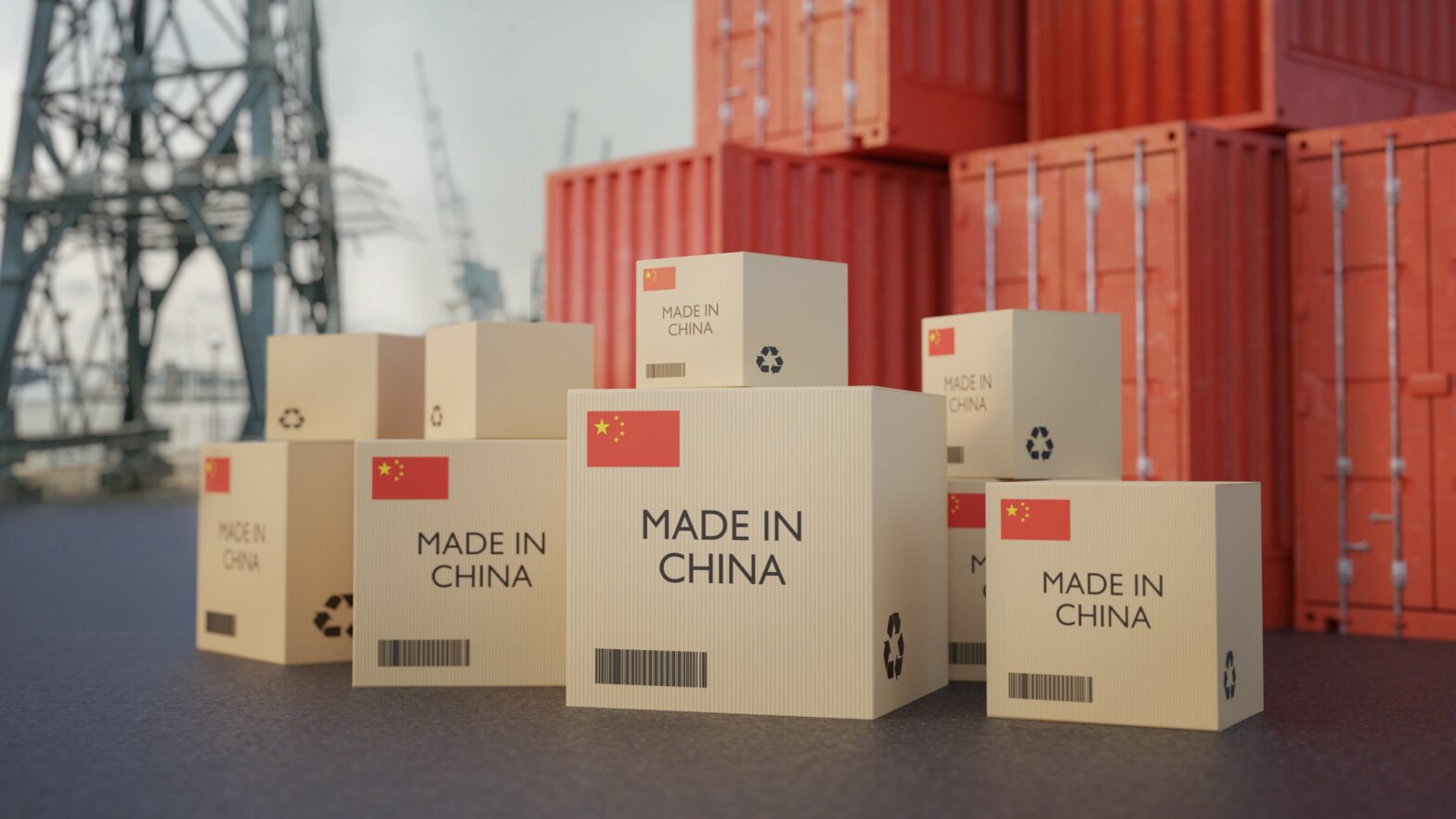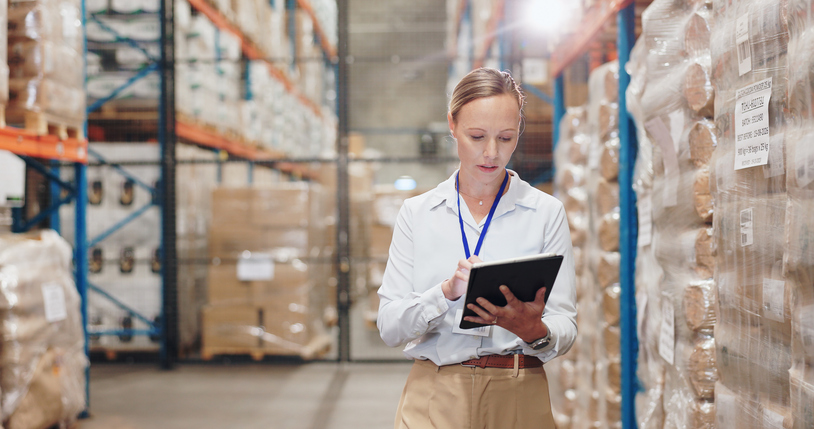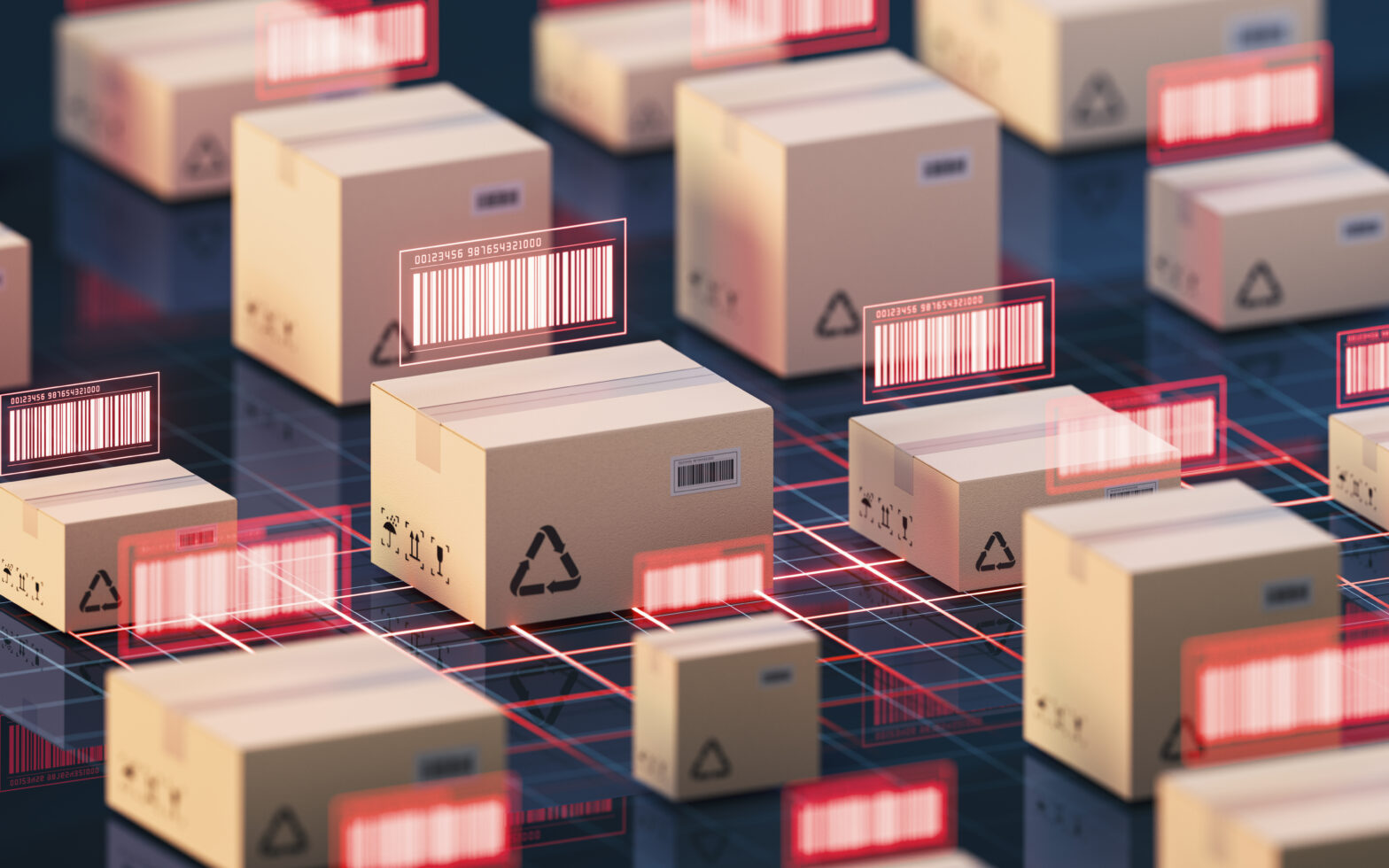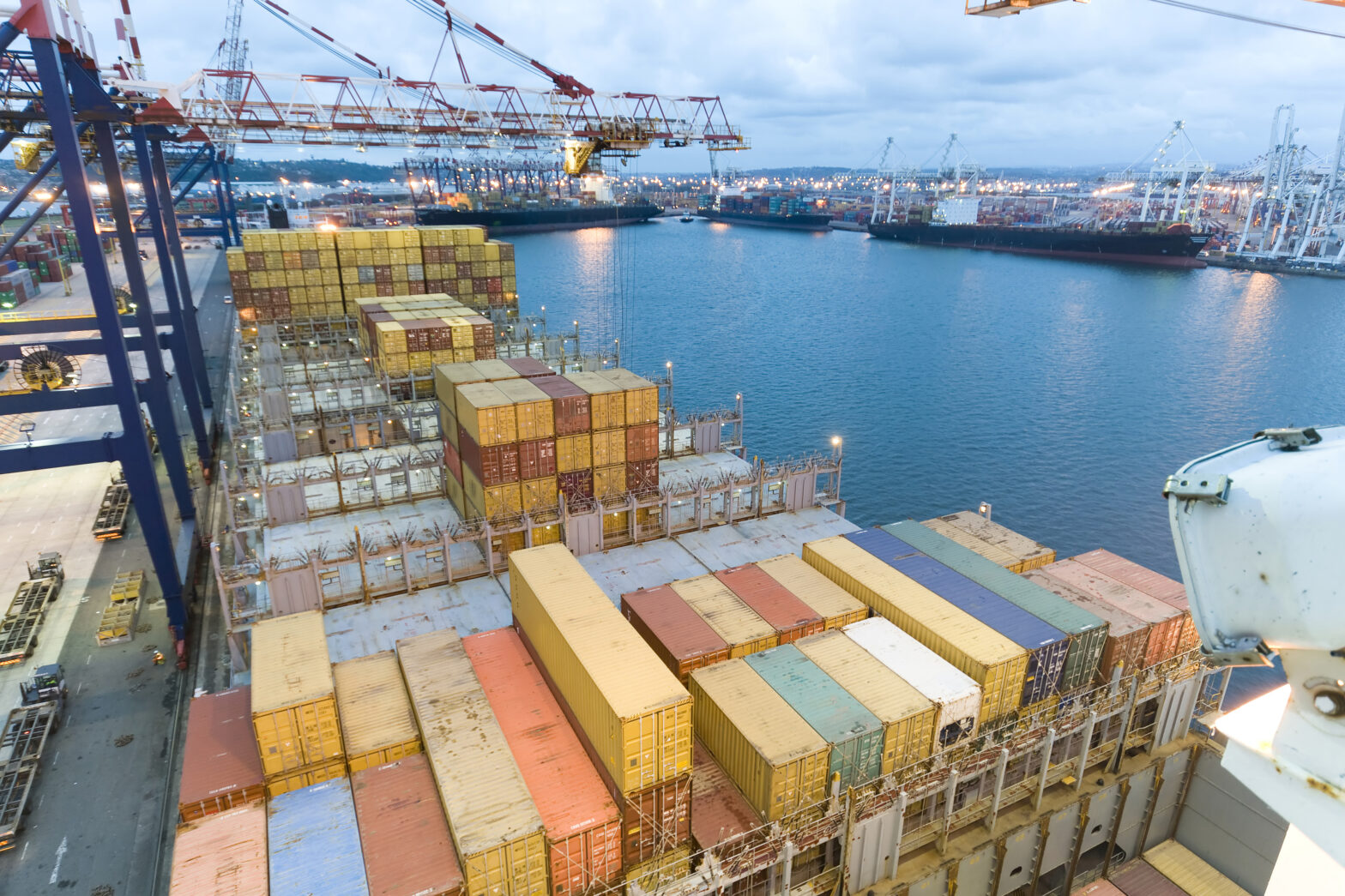For the UK, the desire to import goods from China is vast. China was the joint-first biggest single country that the UK imports from, along with Germany, accounting for 12 per cent of all UK imports.
Find a supplier in China
If you’re just starting up with a small order and you don’t want to go all the way to China to a trade fair, you can find online suppliers first. Three well-known ones are: Aliexpress, Alibaba, and Banggood.
Aliexpress
This retail portal, which is owned by Alibaba, is suitable for dropshippers who want to start buying from China. Hangzhou-based Alibaba group owns the website. It launched as a B2C website but most of its customers buy lots of between 10 and 50 pieces.
Alibaba
China’s biggest online e-commerce company and world’s largest B2B website listing suppliers in China.
Banggood
Banggood has more than 20 categories for Chinese goods with 200,000 products listed and offers free shipping on some orders with warehouses in the UK, France, the US and Australia. It accepts all major payments including Paypal.
However, if you have experience in importing goods from China to the UK and you want to take your business up to the next level with a certain product category, it is advisable that you actually go to China and visit a large-scale comprehensive exhibition or a wholesale market to find a co-operative supplier.
>See also: How to import from the EU
Shipping products from China to UK
China is located approximately 6,756 miles away from the UK but feels farther away because of the vast distances of water involved. When it comes to shipping products from China to the UK you can choose from air freight, sea freight or rail depending on your needs.
Whether air or sea freight will be your best choice depends largely on what you’re shipping, and when you need it.
Typically, for large volume goods such as clothing or consumer goods, sea freight is a much cheaper option – but this mode of transport takes time.
Air freight is much quicker, but the relative costs are high – it’s a better choice for smaller loads (under about 100kg), high value items, or things needed urgently.
How to import from China to UK
There are a few basic steps you’ll need to take to make sure your goods reach the UK smoothly. In many cases, importers choose to have a freight forwarder or customs broker help with these processes. Although there might be a fee for this service, it can offer peace of mind and help you avoid any delays or nasty surprises.
If you’re planning on importing from China to the UK, there are a few things you’ll need to prepare in advance, including:
- Find the right commodity code for your goods. Commodity codes are used by customs authorities to identify the goods you’re bringing into the country, to ensure the correct tax and duty is paid, and all legal and safety regulations are followed
- Get an EORI number – this is needed by any individual or business importing into the UK. You can get your EORI number within just a few days by registering online with the UK tax authorities
- Check if you need an import licence for your goods. There are a lot of different types of goods which require an import licence. You’ll definitely need one if you’re importing anything which is hazardous, or could be used for military purposes, and usually if your shipment includes live animals or plants
- Customs declaration – if you’re using a customs broker or freight forwarder you might find that they complete some or all of the customs processes on your behalf. You’ll use a form called C88 or SAD – the single administrative document
- Pay duty and VAT to have your goods released by customs authorities
>See also: Import from USA: tips and how-to guide
Find the right commodity code
You must find out the relevant UK commodity codes for your items. Commodity Codes are essential to your shipment as if your products are incorrectly labelled it could result in UK Customs delaying or halting your goods.
To find the correct commodity code for the products you need imported from China, go to the UK Government Trade Tariff. Here you can look up commodity codes as well as rates for VAT and duty. Commodity codes are vital in classifying your imported goods so that you can:
- Check to see if there are any duty reliefs
- Complete declarations as well as other paperwork
- Find out if you have to pay for any VAT or duty fees
Find out your EORI number
In addition to your commodity code, you will need to obtain an Economic Operator Registration Identification number (EORI).
UK customs uses an EORI number as a means of record keeping for both imported and exported goods. When importing commercial cargo from China, all UK businesses are required to have an EORI. This is needed for a commercial invoice if you’re using the CHIEF system (see below) and you have to submit an electronic export declaration.
An EORI number is also needed if you’re using freight or courier forwarder. Applying for an EORI number is easy, you can apply it online here and will take you approximately three days to receive.
>See also: Importing from India
Check if you need a licence
Before you try to import your goods from China, ensure that you obtain a licence, especially if they fall under the surveillance control category. If you want to find out if you need a licence and how to get one, visit the Department for International Trade here.
►Are your Chinese goods banned from being imported into the UK?
There are also goods that are subject to import controls. Therefore, it is essential to check if any of the import controls apply to the goods you need to ship. At present, these are the three types of controls:
- Surveillance – ensures that the importation is monitored using licences
- Bans – no imports allowed
- Quotas – restriction in volume of goods
Duty on Chinese import
When importing from China to the UK, you’ll need to pay duty and VAT on your goods. Exactly what you owe will depend on the type of products you’re importing. Because it’s a relatively complex system, many importers prefer to have a freight forwarder or customs broker help them calculate the costs of importing.
The duty payable varies depending on the goods you’re bringing into the UK. To know what duty rate is applied, you’ll need to get the commodity code for your goods. You can find these on the UK government website, which has a lookup tool to help you select the correct code.
When you declare your goods to customs in the UK, you’ll be asked to confirm the commodity code, which will be used to calculate the duty payable. Amounts vary quite significantly. If you’re importing women’s cotton shirts from the US, for example, the duty is set at 12 per cent, certain types of new cars come with 10 per cent duty, while some electrical goods may incur a zero rate of duty.
Your goods will be held at UK customs pending payment of duty and VAT. Once this has been paid – either by yourself or a freight forwarder or customs broker on your behalf – they’ll be released.
Paying VAT on goods from China
As well as duty, you’ll need to pay VAT on items imported to the UK. It’s important to remember that VAT is calculated on the cost of goods + the cost of transport + duty paid. It’s charged at the prevailing UK rate which is currently 20 per cent.
China to UK import tax examples
To calculate the amount of duty and tax payable, you’ll first need to convert the price paid to GBP, using the UK customs exchange rate, which is changed from time to time and can be found online.
Pay your VAT fee
If you import from China to the UK, you’re required to pay VAT together with the total sum of import duty and customs value. In this case, Customs Value equals the total cost of the imported products including any import duty fee, supplier cost and shipping from China to the UK cost.
Make sure that you pay any pending VAT fee that is due. Remember that you must pay VAT if you are VAT registered. However, you can claim it back through your standard VAT return.
Include full details on invoices and labels
Ensure that all of your item’s labels and invoices include the full, and correct, details of:
- Sender and receiver
- Quantity of your goods
- Value of your goods
- Detailed description of your items
- Commodity Codes
Customs Registration (CR) number and Power of Attorney (POA)
When importing from China to the UK, you’re required to have a Chinese CR number as well as POA for goods that are non-documented, regardless of their value apart from personal effects. Both exporters and importers in China are required to register with customs authorities. This is for the purpose of getting an exporter or importer CR number, which must be detailed on the commercial invoice for clearing customs.
How much does it cost to import from China to UK?
Import duty as well as import tax from China to UK affects the cost of imports. All importers are required to pay UK duty + VAT unless the goods are eligible for duty free. For instance, if you pay your supplier £4,000 for your goods, £600 for the shipping quote and the UK duty rating is 3.5 per cent then the duty fee will be 3.5 per cent of 4,000 which is £140.
The VAT will be 20 per cent of the UK duty fee (£140) + shipping (£600) + the cost of the goods (£4,000)
This equals 20 per cent of £4,740 = £948
The total shipping from China to UK cost will be total cost (£4,000) + UK Duty (£140) + VAT (£948) = £5,088.
Do Chinese goods have to carry a UKCA mark?
Yes, goods or their packaging in the categories below must bear the UKCA mark after January 1, 2021.
The product areas listed below are covered by the UKCA marking:
- Toy safety
- Recreational craft and personal watercraft
- Simple pressure vessels
- Electromagnetic compatibility
- Non-automatic weighing instruments
- Measuring instruments
- Lifts
- ATEX
- Radio equipment
- Pressure equipment
- Personal protective equipment
- Gas appliances
- Machinery
- Equipment for use outdoors
- Ecodesign
- Aerosols
- Low voltage electrical equipment
- Restriction of hazardous substances
However, keep in mind that your supplier in China may not always be aware of the specific labeling requirements applicable to the product being imported. Therefore it is essential that you offer your supplier with affixing position, dimensions and graphic files for each product.
Further reading
Import guide: three essential tips and everything you need to know





